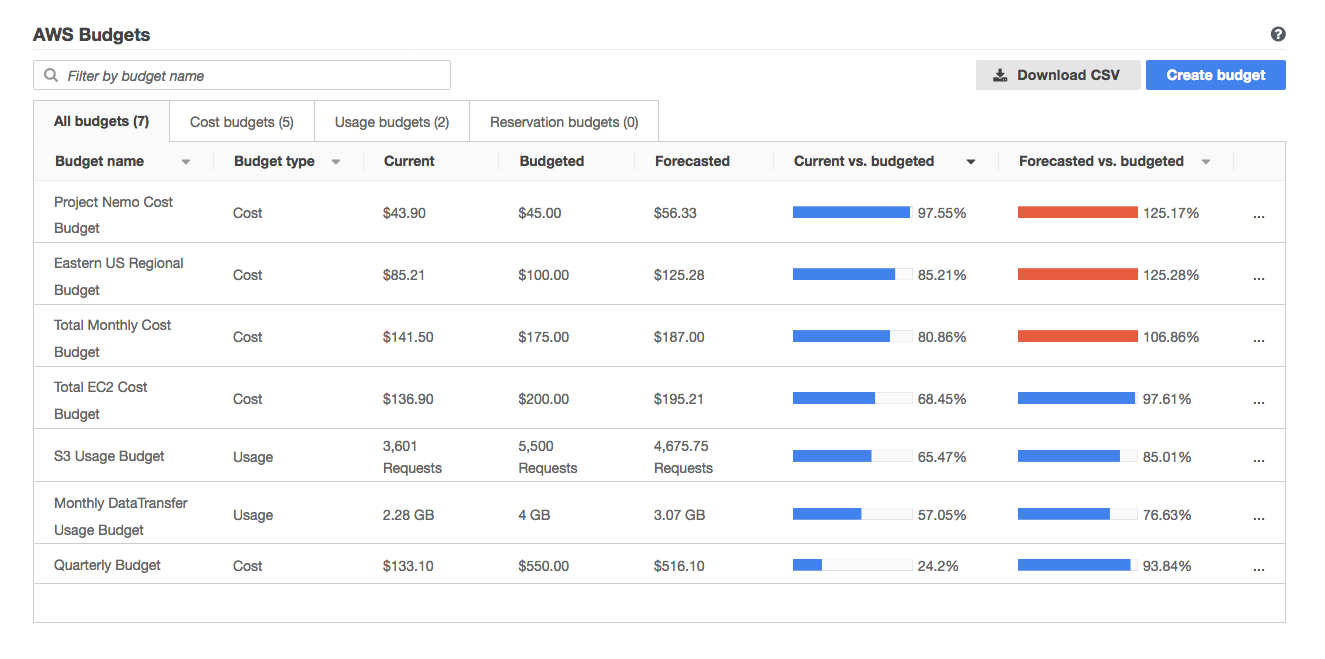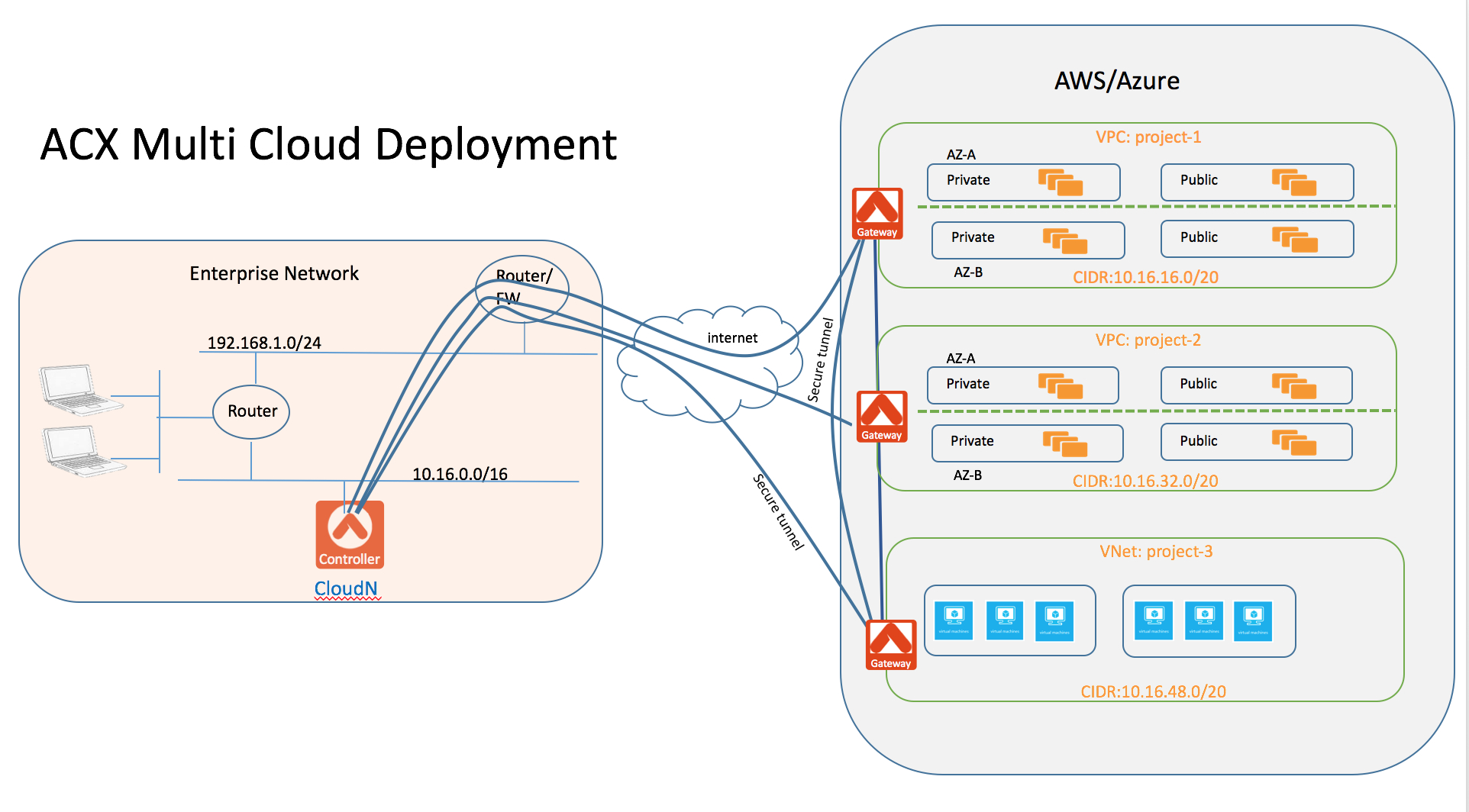

Everything is a TLA (three-letter acronym), or it is "elastic" or "simple". The biggest challenge with understanding AWS is their naming of things. This different business approach (OpEx instead of CapEx) fundamentally changes the way in which IT infrastructure can be used. You rent an EC2 instance by the hour or by the second. The big deal about EC2 and the reason that cloud services have become so popular is that you pay for what you use. The EC2 infrastructure supports everything that is required to create running EC2 instances, including networking, storage, firewalls and the base Amazon Machine Images (AMIs) from which an EC2 instance is created. It might be running Linux or Windows, and you can use it just like a real Linux or Windows server computer. De-mystifier 2: What is an instance?Īn EC2 instance is a single virtual machine running (or stopped) within the EC2 infrastructure, within the AWS cloud environment. Maybe it should be superscripted, like EC 2. But there are two Cs in Elastic Compute Cloud, hence the 2. They couldn't call it an ECC because that's a type of memory and also a type of cryptography. They didn't want to call it a VM, because that's only two letters and it wouldn't be distinctive enough.
M2.xlarge on ec2 pricing how to#
How to choose the right EC2 instance typeĮC2 stands for "Elastic Compute Cloud", which is a fancy title for a virtual machine and the infrastructure that supports it.The logic behind AWS instance type names.

You choose a machine image (containing operating system plus perhaps some commercial application), an instance type (representing CPU and memory and other hardware), some further settings (including networking, disk size and a firewall), and it's ready for you to use within a few minutes.

Digital Productivity & Office ApplicationsĪnyone who has used AWS for a few minutes has probably created an EC2 instance – a remote virtual machine that can be created with a few mouse clicks or from a script.


 0 kommentar(er)
0 kommentar(er)
